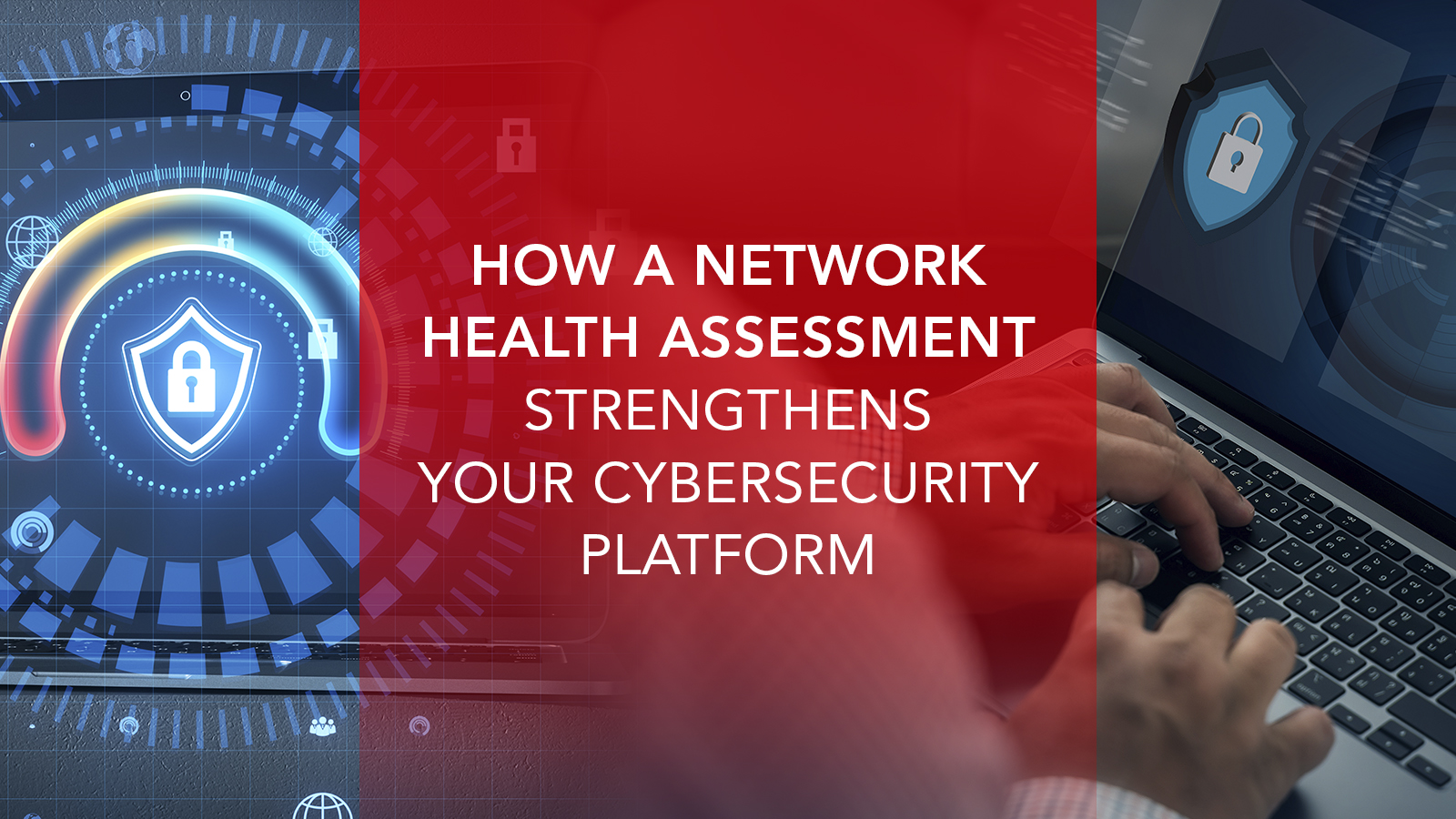When most people think of spring cleaning, they think of giving their house a thorough cleaning and donating unwanted items to charity. But spring is also a great time to review your organization’s cybersecurity protocols.
To help you review your current protocols, and catch any gaps, here is a handy cybersecurity spring cleaning checklist.
Infographic
Review Your Password Guidelines
Both you and your employees should review and verify that you are always utilizing strong passwords. To help ensure that your organization is employing robust password protocols, you may want to consider following the NIST guidelines. Section 5.1.1.2 (Memorized Secret Verifiers) of their Digital Identity Guidelines document provides comprehensive password selection guidelines.
Audit Your Current Cybersecurity Programs
As part of your spring cleaning, your organization should make a detailed list of all cybersecurity best practices and programs currently in use. This will allow your cybersecurity team to verify that there are no gaps in your defensive measures. This will also allow your security team to do a full audit and ensure that all programs are being used effectively.
Review Your Endpoint Protection Protocols

Even the most robust cybersecurity strategy is weak if there are endpoint vulnerabilities. Your endpoints refer to any devices that are used to connect to your secure internal network including smartphones, laptops, and tablets as well as third-party applications that you have granted access to.
New endpoint vulnerabilities are discovered every day, and it can be difficult to ensure that your organization stays up to date. To alleviate this additional stress and labor many companies choose to have qualified third-party cybersecurity experts handle their endpoint detection and response protocols.
Ensure All of Your Software is Up To Date
One of the easiest things you can do to protect your organization’s digital assets is to ensure that you and all of your employees keep their software up to date.
When software companies discover vulnerabilities in their products, they create and release patches to fix the problem. However, if your software is not up to date, then your organization is not protected by those fixes, leaving you vulnerable. A common tactic among cybercriminals is to specifically target organizations that have not updated their software with the latest patches since they already know where exploitable vulnerabilities are.
Review Your Cybersecurity Protocols and Schedule Refresher Training
Once your cybersecurity team has reviewed your internal cybersecurity protocols/incident response programs and updated any that were lacking, you should organize a round of employee training. A refresher on your organization’s cybersecurity policies can help you ensure that all employees are made aware of any changes and remind them about the importance of following cybersecurity protocols.
Refresher training is also an excellent opportunity to review common cybercriminal tactics, such as spoofed DNSes, suspicious emails that might contain viruses or phishing attempts, and what employees should be looking for to remain vigilant.
You can also remind employees what to do if they discover a phishing attempt or possible cybersecurity vulnerability and who that information should be reported to.

Consider Conducting a Tabletop Scenario or Pen Test
Now that you have provided your employees with refresher training, you might consider putting their training to the test. There are two ways you can do this: tabletop scenarios, and pen tests.
Tabletop Scenarios
Tabletop scenarios let your team work through a hypothetical cybersecurity incident in a calm and risk-free way.
Just like a fire drill, this allows your employees to re-familiarize themselves with cybersecurity protocols and put those protocols into action before a real scenario arises. Once your team has completed the tabletop scenario, you can have them review their performance and identify weak spots in your current protocols or the execution of those protocols.
Pen Tests
A pen test (short for penetration test) involves hiring an authorized hacker to try and break into your system and document any security flaws or other issues they were able to exploit to gain entry. Once the hacker has finished, and either gained access or been thwarted, they provide you with their notes so that you can use this information to strengthen your cybersecurity protocols.
All organizations should have robust, adaptive, and up to date cybersecurity protocols in place to protect their digital assets. However, many small or medium sized businesses lack the resources to support an internal cybersecurity team. That is why many organizations choose to outsource their cybersecurity to Managed Security Services Providers (MSSPs).
These MSSPs consist of a team of experts who are work tirelessly, staying up to date on the latest advancements in cybersecurity and keep tabs on new cybercriminal strategies. These experts then use their knowledge, as well as information about your organization’s unique needs, to craft a tailored cybersecurity solution. MSSPs allow you to deal with potential threats proactively and provide 24/7/365 monitoring and support. They can also help you train your employees by crafting and running tabletop scenarios and pen tests.
Learn more: what is a managed security services provider?







